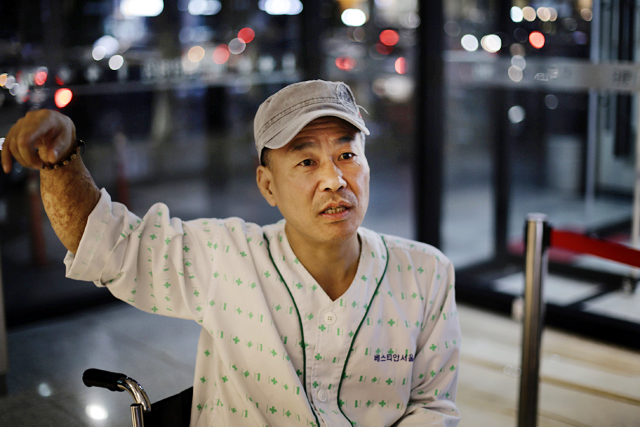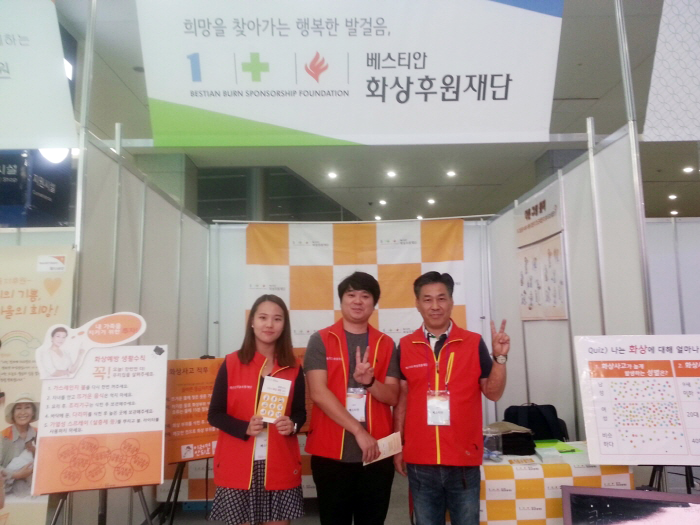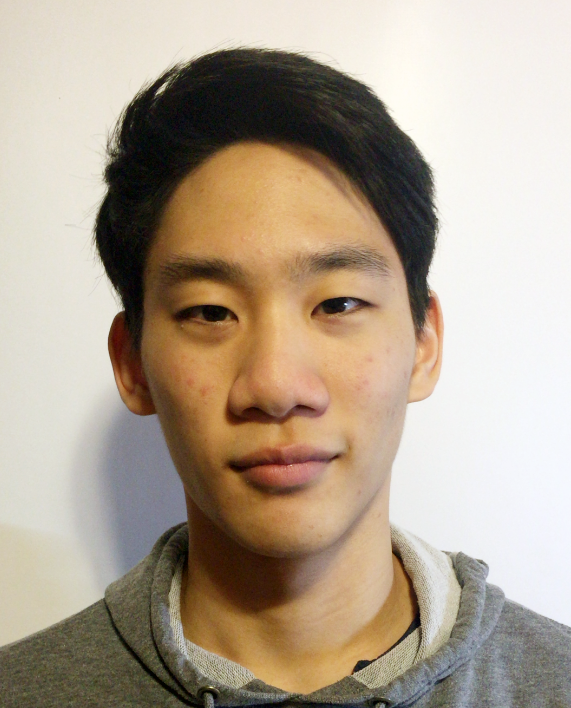Korea provides probably the best medical treatment for burn patients. Even burn patients from foreign countries fly to Korea to get advanced medical treatments. Indeed, providing such great medical service deserves attention. However, there is little or no progress on the development of rehabilitation programs for burn patients.

[Source: http://www.khanews.com/news/articleView.html?idxno=119711]
Today, the ‘Sunflower Cafe’ for burn victims is the one and only privately funded organization for the rehabilitation of burn victims in Korea. Oh Chan Ill, the president of the ‘Sunflower Cafe.’ was once a burn patient himself who got third degree burn injury over 59 percent of his body. ‘Sunflower’, led by Mr. Oh and other former burn victims, has been struggling to raise funds for those burn patients who are in urgent needs. In addition, ‘Sunflower’ organizes and holds many public events to raise awareness of the burn patients in our society. It has been a continuing up-hill battle for ‘Sunflower.’ According to Mr. Oh, the biggest obstacle in developing rehabilitation programs for burn victims is the lack of accurate information on burn victims’ lives after treatments. “When I take a look at recent research papers related to burn injuries and patients, they are just hodgepodge of what had been written in previously published articles. They are just the same information over and over again. I cannot find any new information on the lives of burn victims after the trauma in any of these research papers. We just don’t know how burn victims are faring in modern society,” said Mr. Oh. Without sufficient information, our society simply cannot develop functioning rehabilitation programs for the burn victims.

[Source: http://www.pressian.com/news/article.html?no=122719]
The problem is not just the researchers, but the burn victims themselves as well. Many studies conducted on burn victims’ post treatment recovery are based on questionnaires. But, are they accurate? Healthcare providers generally agree that It is not easy for burn patients to recall their terrible memories of getting burned and the excruciating treatments that followed. “It is impossible to get genuine information on burn patients from mere surveys. You have to personally meet them, try to open their minds, and patiently listen,” said Mr. Oh. Recently, Mr. Oh and some members of Sunflower courageously shared their own experiences of getting burned and the agonizing treatments afterwards in a recently published article. Mr. Oh and his fellow burn survivors hoped to help develop an effective rehabilitation program by conveying as much accurate firsthand information as possible.

[Source: http://ibestian.org/bbs/board.php?bo_table=B32&wr_id=78]
Another difficulty is the floundering mentor-mentee program. Mentor-mentee program is perhaps the most effective means of retrieving hopes to live for the despondent burn injury patients. Unfortunately, however, it is the burn victims themselves who often refuse to participate in it. For over seven years, Sunflower has helped many burn patients to get necessary medical treatments with minimal costs. However, while most patients who receive Sunflower’s help are grateful in the beginning, they slowly stop communicating with Sunflower when their treatments are finished. “I do not want any financial reward from them, you know. I just want them to share their experiences with other burn patients and give them hope to live. It is sad to see some act servile only when they need help from us, but, after getting what they want, they completely refuse to return the favor,” said Mr. Oh.

[Source: Sunflower Café]
The lack of collaboration among doctors and hospitals is also critical problem. It is a well documented phenomenon that doctors rarely share their research breakthroughs or data with other doctors. Likewise, the hospitals that run burn patient rehabilitation programs do not appear to be cooperating among themselves. It is all the more disheartening that such hospitals do not cooperate apparently because they were founded by different religious denominations. “When the university hospitals were founded, they were founded by different religions--some were Protestants but others were Catholics,” said Mr. Oh. For example, when a Protestant hospital holds an event for burn patients to gather and share information among them, the patients from a Catholic hospital cannot participate in it. According to Mr. Oh, “if hospitals would work together regardless of their religious roots, their collaborative work could greatly hasten the development of rehabilitation programs for burn victims.”
The real medical treatment for burn victims does not just end with surgeries. Patients need to go through the rehabilitation periods in order to successfully readjust into the society. However, as Mr. Oh suggested, there is still a long way to go to fully develop an effective rehabilitation program for burn victims. The society should focus not just on the success of medical surgeries but on the rehabilitation that help burn patients to readjust into the society without lasting psychological scars.

Youngjae Kim
Grade 12th
Pomfret School

